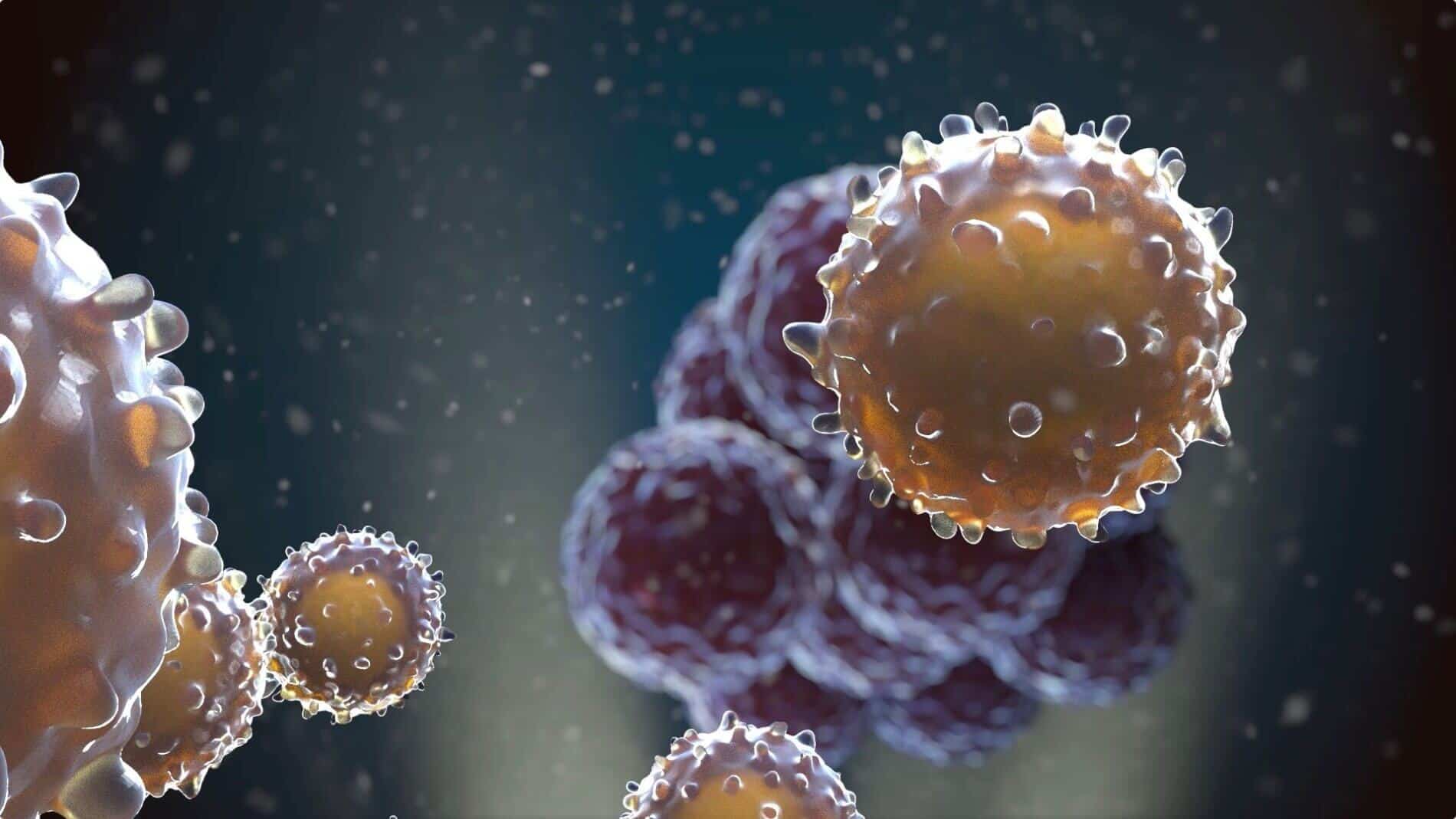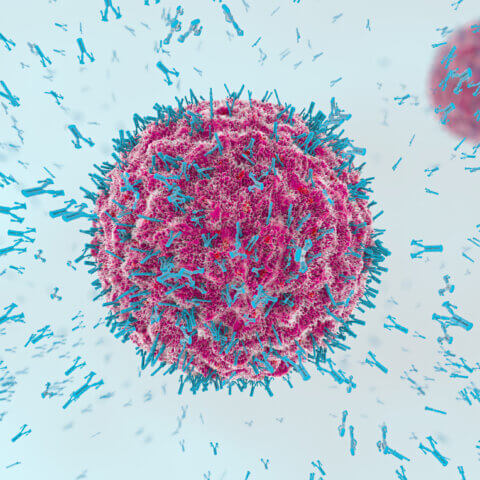Last Updated: November 1, 2024, 12 pm UTC
Chimeric antigen receptor T-cell (CAR-T) therapy has revolutionized the treatment landscape for certain hematological malignancies, offering hope where conventional therapies have been exhausted. By reprogramming a patient’s own T-cells to recognize and attack cancer cells, CAR-T therapy embodies the promise of personalized medicine. However, challenges such as severe immune-related toxicities, antigen escape, microenvironment suppression, and limited tumor infiltration have limited broader application of these advanced medicines, especially in solid tumors.1 As researchers continue to innovate on next-generation CAR-T therapies, logic-gating has emerged as a potential approach for enhancing safety, efficacy, and precision.
In this blog, we review the principles behind logic-gating and explore why this sophisticated bioengineering strategy matters in CAR-T therapy.
Limitations of traditional CAR-T therapy
Conventional CAR T-cells are engineered to express receptors that target specific antigens on the surface of cancer cells. Upon binding to these antigens, CAR T-cells become activated, proliferate, and initiate the destruction of the targeted cells. While this strategy has shown remarkable success in treating hematological malignancies, it is less effective when applied to solid tumors, in part due to the absence of tumor-specific target antigens. This lack of specificity can lead to off-target effects, resulting in severe toxicity. In addition, tumors can evade immune detection by downregulating or mutating the targeted antigen, a phenomenon known as antigen escape.
Understanding the logic
Logic-gating refers to the application of computational Boolean logic principles—such as AND, OR, and NOT gates—to the design of CAR T-cells. These principles dictate T-cell responses based on multiple tumor-specific antigen inputs, enabling engineered CAR T-cells to make more nuanced decisions, better mimicking how native T-cells integrate multiple signals before mounting an immune response. By enhancing tumor selectivity and reducing on target, off tumor toxicity, logic-gated CAR T-cells represent a more controlled and effective approach for treating complex and heterogeneous cancers.
Logic-gates can be implemented individually or in combination:
- AND gate. This approach involves engineering T-cells to express two separate CARs, each targeting a different antigen. Activation of the T-cell occurs only when both CARs are engaged, ensuring that only cells expressing both antigens are targeted and sparing those healthy cells that express only one of the antigens. Researchers at Stanford have developed a novel loop dual CAR-T molecule that contains targeting motifs against both CD19 and CD22, which is currently being tested in an ongoing clinical trial.2
Another AND-gated mechanism involves the use of Synthetic Notch (SynNotch) receptors, synthetic transcriptional regulators that can be programmed to control CAR expression in a sequential manner to enhance specificity. Upon binding to a primary antigen, the SynNotch receptor activates the expression of a CAR targeting a secondary antigen. This system has been applied to multiple cancer models, including leukemia, lung adenocarcinoma, mesothelioma, ovarian cancer, and glioblastoma.1
- OR gate. With this multi-targeting strategy, a CAR T-cell can be activated by recognizing any one of multiple antigens, increasing the likelihood of successfully combatting tumor heterogeneity. There are a variety of approaches to OR-gating, such as pooling a combination of single antigen targeting CAR T-cells or engineering a single CAR receptor to target multiple antigens.1
- NOT gate. This approach incorporates inhibitory signaling domains that suppress T-cell activation when a specific antigen, typically one found on healthy cells, is recognized. NOT-gating represents an improvement over suicide switches, which are irreversible and binary.1
- AND-NOT gate. In this combined approach CAR T-cell activation requires the presence of one antigen and the absence of another, with the intent of further refining targeting to cells with a specific antigen profile.
A new paradigm in CAR-T development
The implementation of logic-gates has the potential to increase specificity and safety, improve efficacy in heterogeneous tumors, facilitate solid tumor targeting while sparing healthy cells, and enhance customization of CAR-T therapy. By requiring multiple antigens or multiple conditions for activation, logic-gating may reduce the likelihood of off-target effects and make it more difficult for cancer cells to evade immune detection through antigen loss or mutation. Logic-gating may also enable the design of CAR-T cells tailored to the unique antigenic profile of an individual tumor. Given the modular nature of logic-gates, it may even be possible to adjust CAR-T design based on treatment response and tumor evolution, further promoting patient-centric care.
The development of logic-gated CAR T-cells may also have positive implications for streamlining clinical trials. The reduced likelihood of adverse events may help to accelerate recruitment and increase retention. Moreover, the ability to target multiple antigens simultaneously may allow for broader applicability across different tumor types, enhancing the efficiency of trial designs and potentially reducing development costs.
Challenges of logic-gating
While logic-gating holds great promise, several challenges remain:
- Scalability. Designing and manufacturing multi-functional CAR T-cells is technically demanding, which may affect scalability.
- Regulatory uncertainty. New regulatory frameworks may be needed to ensure the safety and efficacy of these highly complex therapeutics.
Need for long-term data. As with traditional CAR-T therapies, logic-gated CAR T-cells will need to be studied to assess long-term behavior and unintended consequences. Achieving robust and precise functionality requires fine-tuning the threshold for activation, which can vary between patients and tumor types, potentially leading to inconsistent responses. Additionally, tumor heterogeneity may result in antigen loss or variation, reducing the efficacy of the logic-gated CAR T-cells and necessitating ongoing development of adaptive or personalized approaches.
Engineering a new wave of CAR-T development
Logic-gating represents a significant advancement in the evolution of CAR T-cell therapy. By incorporating principles of synthetic biology and systems engineering, it addresses some of the critical limitations of traditional CAR-T approaches. Still, the potential of logic-gating in CAR-T therapy is yet to be realized. Current research is focused on combining logic-gated CAR T-cells with checkpoint inhibitors or cytokines, exploring more complex logic circuits, and leveraging artificial intelligence and machine learning to predict optimal antigen combinations and logic-gate designs.
To learn more about next-generation CAR-T therapies, watch our on-demand webinar.

 Webinar
Webinar 


 Perspectives Blog
Perspectives Blog 